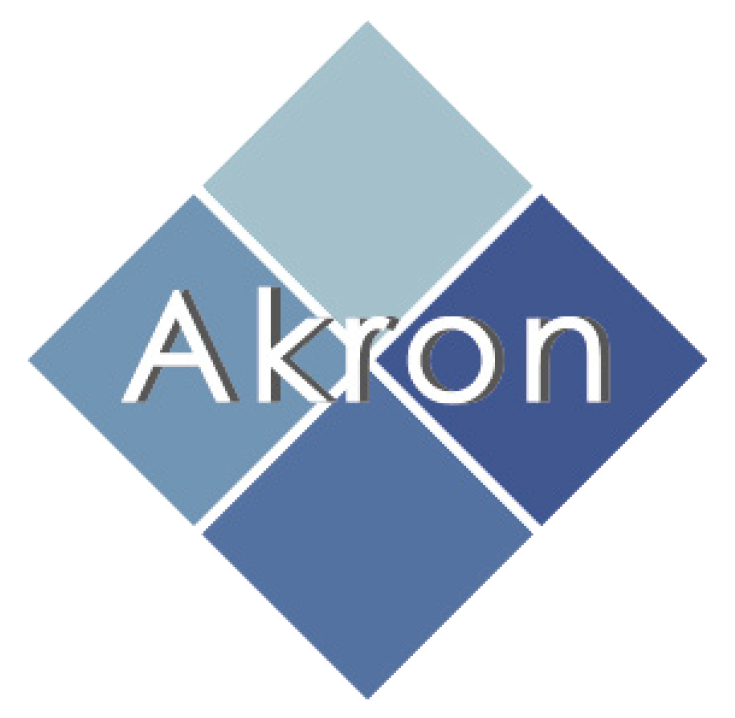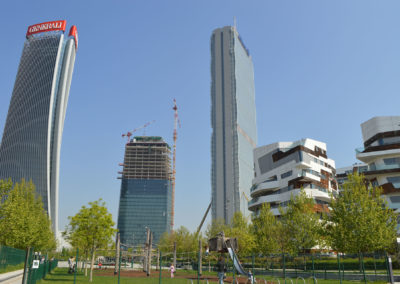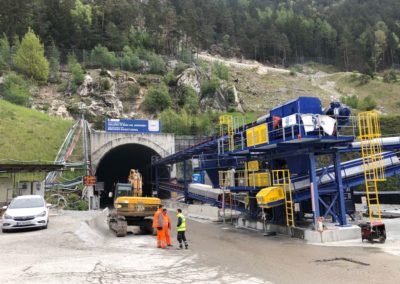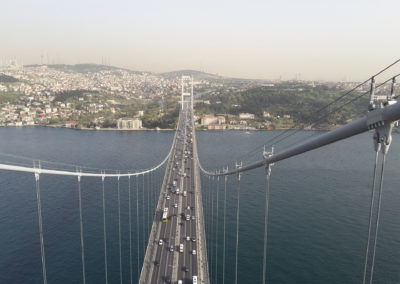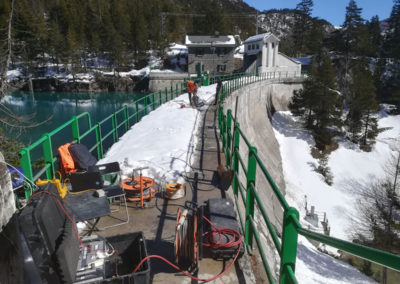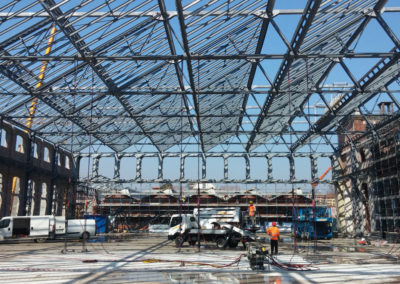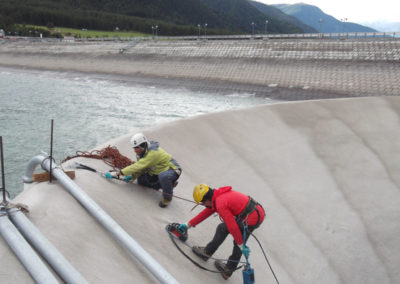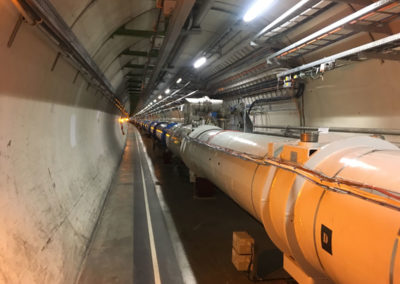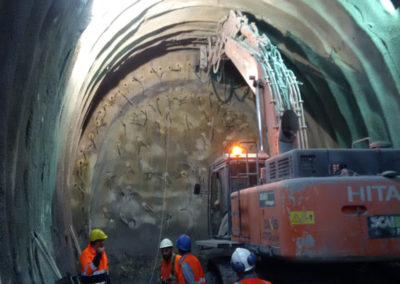Large Hadron Collider Cern
Client:
CERN
Place and date:
Geneva – Switzerland. 2017 – 2019
Services:
Geophysical surveys and non-destructive checks on the LHC tunnel.
The HL-LHC project (High Luminosity Project – Large-Hadron Collider) aims to increase the performance of the LHC in order to increase the potential for discoveries after 2025. The objective is to increase the brightness by a factor of 10 the design value of the LHC. Brightness is an important indicator of the performance of an accelerator: it is proportional to the number of collisions that occur over a given period of time. The higher the brightness, the more data experiments can collect to allow them to observe rare processes. The new equipment for the high brightness LHC requires the execution of civil engineering works at the sites of the ATLAS experiment in Meyrin, Switzerland (LHC Point 1) and of the CMS experiment in Cessy, France (LHC Point 5).
The underground constructions will consist of:
- A well about 80 meters deep
- An underground service room that will host cryogenic equipment in particular
- A 300 meter long tunnel for electrical equipment (power converters)
- Four tunnels of around 50 meters in length, which connect the new structures to the accelerator tunnel.
Akron performed diagnostic investigations on the LHC gallery:
- georadar surveys for checking the thickness of the coatings
- flat jack tests
- non-destructive coatings checks
- geophysical surveys on the rock mass
All the investigations carried out were carried out with special procedures developed specifically to limit the invasiveness of the activities that were carried out a few centimeters from the particle accelerator (LHC).
